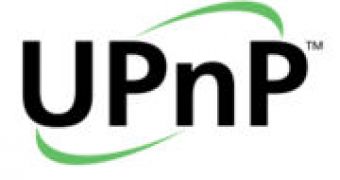The Universal Plug and Play standard together with more than 76 of its security fixes just received international recognition as a worldwide standard last week, after years of use. The UpnP is a direct descendant of the older PnP, Plug and Play, standard developed by Microsoft in the good old times of Windows 95.
Usually dubbed as Plug and Pray, the old standard encountered a series of problems as it was aimed at providing a single protocol for connecting just about any hardware component to a host computer system. The Universal Plug and Play comes as the extension of the Plug and Play standard and it was too specifically developed to allow users to connect a vast variety of devices, computers and operating systems and applications over just any type of connection.
Even if UpnP has been around for a number of years and now it is integrated and supported by almost all hardware and software components of a computer system, the international standard recognition is always important. The International Standards Organization/International Electrotechnical Commission Joint Technical Committee 1 (ISO/IEC JTC 1 for short) voted the standardization of UpnP during a meeting late last week.
The Universal Plug and Play standard was first deployed as a standard feature in the Microsoft Windows XP operating system and because of its shaky implementation quickly became known for its many security flaws which led to some serious problems for computers that kept it activated. While Microsoft repaired most of these security flaws through its Windows Update program, the notion that the UPnP standard is buggy on the security side is still very floating around.
Universal Plug and Play's ultimate goal is to allow a variety of devices to communicate over a network without the need of additional software applications and this feature is becoming very important as most of today's devices place a good deal of importance on point-to-point connections. Even if most hardware manufacturers still do not completely trust the UPnP security implementations, the formal recognition of the standard may yet provide them with a measure of confidence in the current security features.

 14 DAY TRIAL //
14 DAY TRIAL //